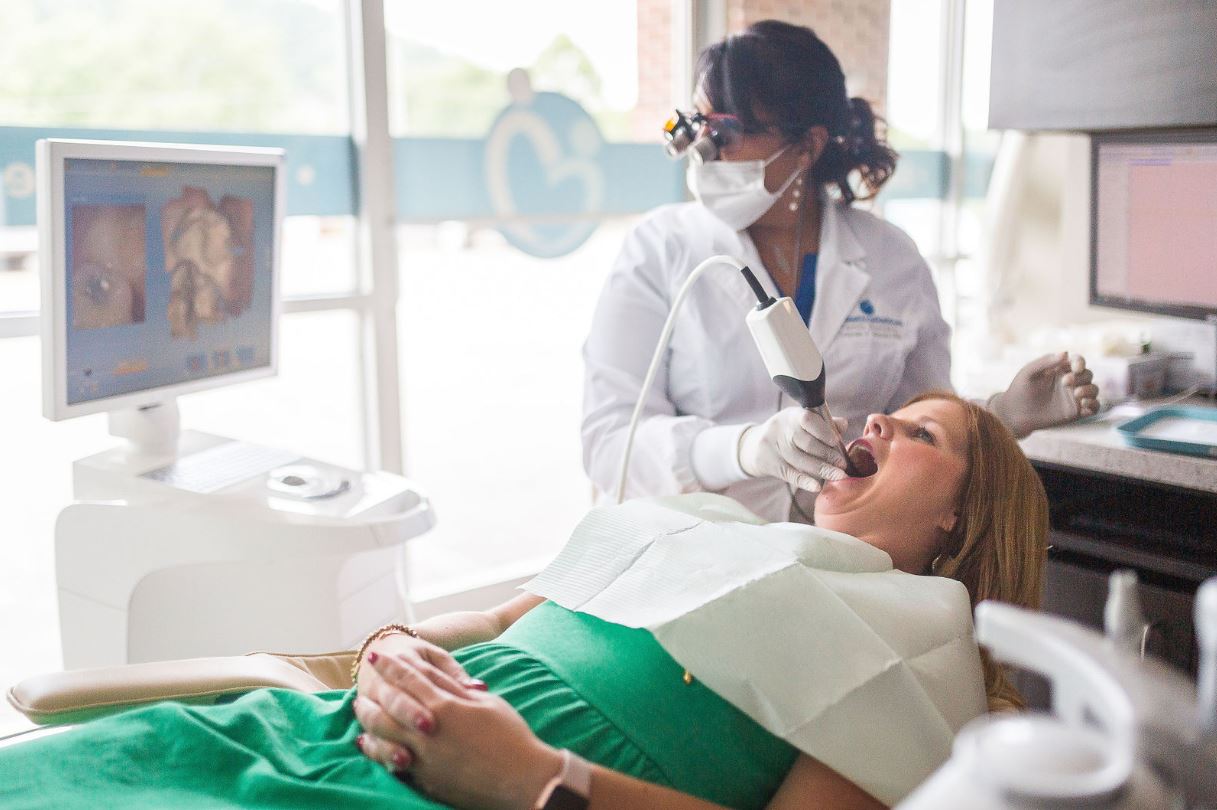Dental implants have revolutionized tooth replacement, offering durability, function, and a natural look that dentures and bridges can’t match. If you’re considering dental implants, consulting with an experienced implant dentist in Cabot is essential to determine the best type of implant for your unique needs. Two of the most common types of implants available are endosseous and subperiosteal implants. Each has its own benefits, indications, and considerations.
Choosing the right implant can significantly impact your oral health, comfort, and long-term success. This comprehensive guide will help you understand the differences between endosseous and subperiosteal implants in Cabot and which option might be best for you.
What Are Endosseous Implants?
Endosseous implants are the most commonly used dental implants today. They are screw-shaped devices made of biocompatible titanium or zirconia that are surgically placed directly into the jawbone. Acting as artificial tooth roots, these implants integrate with the bone through a process called osseointegration, creating a stable foundation for crowns, bridges, or dentures.
Because of their design and direct anchoring into the bone, endosseous implants provide excellent stability, functionality, and longevity. They are suitable for most patients with adequate jawbone density and healthy gums.
What Are Subperiosteal Implants?
Subperiosteal implants are a less common alternative primarily used for patients who lack sufficient bone height or density in the jaw to support endosseous implants. Instead of being inserted into the bone, these implants rest on top of the jawbone but underneath the gum tissue.
The metal framework of subperiosteal implants is custom-designed to fit the contour of the patient’s jaw and secured in place with posts that protrude through the gums to hold replacement teeth. This type of implant can avoid the need for bone grafting procedures, making it an option for patients who cannot undergo or do not want additional surgery.
Comparing Endosseous and Subperiosteal Implants in Cabot
Choosing between endosseous and subperiosteal implants in Cabot depends on several factors including jawbone health, overall oral health, and individual preferences. Here are some key differences:
Jawbone Requirements: Endosseous implants require sufficient bone volume and density for successful osseointegration. Subperiosteal implants are designed for patients with significant bone loss who are not candidates for bone grafts.
Surgical Procedure: Endosseous implants involve drilling into the jawbone, which is a more invasive procedure but offers stronger anchorage. Subperiosteal implants require placement of a custom framework on the bone surface, which may involve fewer surgical risks in some cases.
Longevity and Stability: Endosseous implants tend to provide longer-lasting stability and are considered the gold standard. Subperiosteal implants may be more prone to complications over time but still offer a valuable solution for specific cases.
Who Is a Candidate for Each Implant Type?
Your implant dentist in Cabot will evaluate your bone density, gum health, medical history, and personal goals during your consultation. Endosseous implants are ideal for patients with healthy, dense jawbone tissue who want a durable, permanent solution.
Subperiosteal implants serve as an alternative for those with severe bone loss, those who cannot undergo bone grafts, or patients seeking a less invasive procedure. In some cases, subperiosteal implants may also be used for upper jaw restorations where bone quality is compromised.
Conclusion: Personalized Implant Solutions
Dental implants are a powerful tool for restoring your smile and oral function. Understanding the differences between endosseous and subperiosteal implants empowers you to make informed decisions with your dental professional.
If you are considering dental implants, schedule a consultation with a trusted implant dentist in Cabot. With professional evaluation and advanced technology, they will recommend the most effective implant type tailored to your anatomy and lifestyle, helping you regain confidence and quality of life with a strong, beautiful smile.









